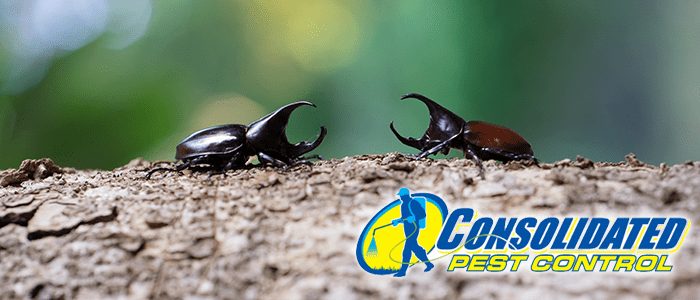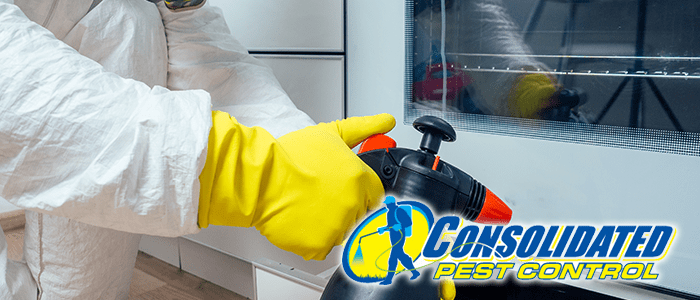
There has been the discovery of a beetle that has one of the hardest shells of any insect. Scientists call them the diabolical ironclad beetle or the blue death-feigning beetle. Phloeodes diabolicus has one of the toughest natural exoskeletons scientists have ever seen. According to research from the journal Nature, the insect’s armor is so durable that predators can’t eat it. The ironclad beetle can even survive getting run over by a car.
The Basics
These beetles have an exoskeleton that is very thick and hard, hence the name. They live in the southwestern region of America. Their exoskeleton helps retain water which they need for living in the hot, desert like climates. It is often a white color with black dots down it’s spine like paint drops. Robust legs are black. And Ironclad beetles will play dead if touched or disturbed. They eat fungi and there is not much else known about them.
Scientists famously need to drill a hole into before they can stick a pin through it. Now, scientists know why these beetles’ outer wing cases, known as elytra, are so tough. The cases are a series of smoothly interlocking puzzle parts; the geometry and internal structure of this “jigsaw” design increases the strength of the beetle’s armor.
Ironclad beetles (Phloeodes diabolicus) measure about 0.6 to 1 inch (15 to 25 millimeters) in length, and are found in woodland habitats in western North America, where they live under tree bark. Though their ancestors could fly, ironclad beetles lost their flight capabilities long ago, and their elytra are fused together, forming a crush-resistant shield.
Research
The researchers performed compression tests on the beetles to see just how much force those shields could withstand before cracking. They discovered that the “iron” beetles could resist continuous forces up to 149 newtons, or 33 lbs. (15 kilograms). This was about 39,000 times the beetles’ body weight. Which is more than twice as much force as other species of terrestrial beetles can endure, according to the study.
Microscopic analysis of exoskeleton cross-sections showed lateral support structures that made some parts of the elytra stiffer than others, to distribute weight uniformly over the beetle’s back and protect its organs. And further reinforcement came from the seam where the elytra fused together.
In the ironclad beetle’s flying relatives, the elytra notch together in “a tongue-and-groove design,” allowing them to smoothly open, close and release the lower wings for flight, the researchers reported. But in ironclad beetles, the fused elytra fit together like pieces in a jigsaw puzzle along the length of the insect’s abdomen. The protruding parts of these interlocking pieces, called blades, also distribute stress across the exoskeleton, preventing it from cracking.
Modern Technology
When the researchers 3D-printed samples to test the strength of the jigsaw connections, they found that sutures with five blades were stiffest and could bear heavier loads. The scientists also detected layered microstructures in cross-sections of the blades that further diverted stresses away from the most vulnerable parts, protecting the narrow “necks” of the interlocking puzzle pieces from fractures and actually causing the pieces to lock together more securely. Revealing the biological architecture that makes ironclad beetle exoskeletons near-uncrushable could help engineers design structures that are more impact-resistant, and the researchers put this to the test with their own 3D-printed designs.








